On July 6, 2013, about 1128 Pacific daylight time, a Boeing 777-200ER, operating as Asiana Airlines 214, was on approach to runway 28L when it struck a seawall at San Francisco International Airport. Three of the 291 passengers were fatally injured; 40 passengers, 8 of the 12 flight attendants, and 1 of the 4 flight crew received serious injuries. The other 248 passengers, 4 flight attendants, and 3 flight crew received minor injuries or were not injured. The airplane was destroyed by impact forces and a post-crash fire.
The flight was vectored for a visual approach to runway 28L and intercepted the final approach course about 14 nm from the threshold at an altitude slightly above the desired 3° glidepath. This set the flight crew up for a straight-in visual approach; however, after the flight crew accepted an air traffic control instruction to maintain 180 knots to 5 nm from the runway, the crew mismanaged the airplane’s descent, which resulted in the airplane being well above the desired 3° glidepath when it reached the 5 nm point. The flight crew’s difficulty in managing the airplane’s descent increased as the approach continued.
As the approach continued, it became increasingly unstabilized as the airplane descended below the desired glidepath; the PAPI displayed three and then four red lights, indicating the continuing descent below the glidepath. The decreasing trend in airspeed continued, and about 200 ft, the flight crew became aware of the low airspeed and low path conditions but did not initiate a go-around until the airplane was below 100 ft, at which point the airplane did not have the performance capability to accomplish a go-around. The flight crew’s insufficient monitoring of airspeed indications during the approach resulted from expectancy, increased workload, fatigue, and automation reliance.
When the main landing gear and the aft fuselage struck the seawall, the tail of the airplane broke off at the aft pressure bulkhead. The airplane slid along the runway, lifted partially into the air, spun about 330°, and impacted the ground a final time. The impact forces, which exceeded certification limits, resulted in the inflation of two slides within the cabin, injuring and temporarily trapping two flight attendants. Six occupants were ejected from the airplane during the impact sequence: two of the three fatally injured passengers and four of the seriously injured flight attendants. The four flight attendants were wearing their restraints but were ejected due to the destruction of the aft galley where they were seated. The two ejected passengers, one of whom was later rolled over by two firefighting vehicles, were not wearing their seatbelts. The NTSB determined that both would likely have remained in the cabin and survived had their seatbelts been worn.
After the airplane came to a stop, a fire initiated within the separated right engine, which came to rest adjacent to the right side of the fuselage. When one of the flight attendants became aware of the fire, he initiated an evacuation, and 98% of the passengers self-evacuated. As the fire spread into the fuselage, firefighters entered the airplane and extricated five passengers who were injured and unable to evacuate. One later died. Overall, 99% of the airplane’s occupants survived.
On June 28, 2017 I launched our sister channel “What You Haven’t Seen,” introducing the world to the full-length surveillance video showing the crash of Asiana 214 at SFO. It’s time for more. And there is much more to come.
Follow us on Twitter @realworldpolice
~~~
It was widely reported that the San Francisco Fire Department banned helmet cameras after this footage came to light. That is incorrect. A ban existed prior. The move’s optics were certainly poor, but the supposedly reactionary ban was in fact the reiteration of a policy that already existed.
~~~
Regarding the lawsuit brought by the family of Ye Meng Yuan, it settled in August 2015. The family’s attorney stated “The parties have reached a confidential settlement on mutually agreeable terms.” Unfortunately for the attorney, California cities are not allowed to enter into confidential settlement agreements. So I got a copy of it.
The truth? The family dropped the lawsuit and the City paid nothing, admitting no fault. The available evidence appears to indicate that Yuan was already dead when she was run over. Particularly notable is the absence of foam and dust from her lungs, indicating that she never inhaled those materials. That does not excuse running over a body, but it is reality. And it should not be ignored.
(Scenes showing the deceased were removed from this video.)
~~~
I want to be transparent about the source material I relied on in forming my conclusions about Asiana 214. With the exception of video, all of that material is posted at https://tiny.cc/asiana214
~~~
Support Real World Police on Patreon and get access to exclusive content!
https://www.patreon.com/realworldpolice
** (Disclaimer: This video content is intended for educational and informational purposes only) **

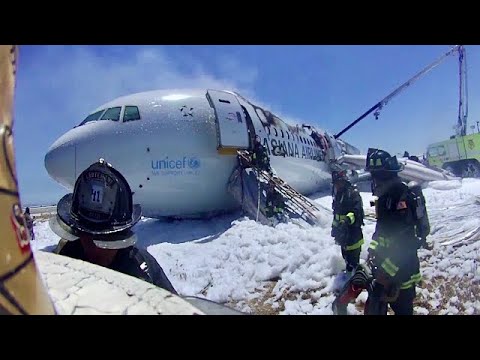

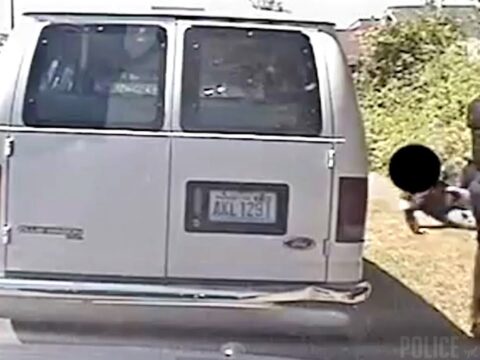
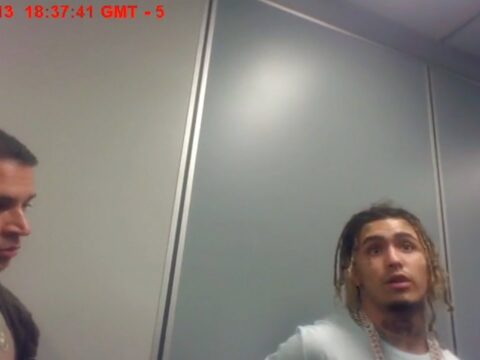



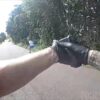
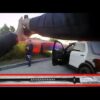




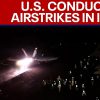





![Suspect for Commercial Burglary in the 6th District [VIDEO] – Blotter](https://www.phillynewsnow.com/wp-content/uploads/2022/12/Commercial-Burglary-1235-Vine-St-DC-22-06-052789-100x100.jpg)

Many of the comments here reflect a fundamental misunderstanding of mass casualty incidents. In mass casualty situations the number of patients and the severity of their injuries exceed the capabilities of the available resources and staff. Patients who have the greatest chance of survival with the least expenditure of time, equipment, supplies, and personnel must be managed first. The basic concept of conventional triage is to do the greatest good for the individual patient, but that doesn't work during disasters. The objective of disaster triage is to do the greatest good for the greatest number of people.
To unfairly wrap many the shortcomings of the emergency response into a single issue, it's that the FAA hadn’t adequately planned for a large airliner crash with a significant number of survivors. Firefighters were trained to not move the bodies of deceased passengers and to preserve the scene for accident investigators. The suggestion that firefighters might be running into a burning 777 to extricate living passengers, or that they would be attempting to treat hundreds of survivors, would have gotten you laughed out of the room. And then it happened.
When Asiana 214 crashed there were hundreds of injured people, five trapped people, a handful of firefighters, and a potentially explosive plane – which was on fire and leaking jet fuel. That's what was going on when firefighters didn’t take time to mark the location of someone who by all accounts appeared to be — and who all evidence indicates was — dead.Â
No one had ever considered how to handle a scenario like that.Â
In the aftermath of this accident the NTSB was unable to find any guidance or training that addressed either (a) task prioritization, or (b) how ARFF personnel should deal with the seriously injured or deceased in the immediate vicinity of an accident airplane. While the events seen in this video were happening there were dozens of people in need of (and receiving) immediate medical intervention so they wouldn't die, and hundreds more who were less-severely injured but still in need of medical care. Dead people, unfortunately, stay that way. And when there are living people trapped in a burning plane, a dead person outside of that plane needs to wait.
It's awful that someone was run over and there were many lessons learned from this accident. Also, the emergency responders generally did an excellent job. Those are not mutually exclusive. If you commit to seriously researching this accident, I think you will find that you become increasingly impressed by and understanding of the emergency response, and increasingly disappointed in the media's exploitation of its shortcomings — both real and invented.
rolled over by firetrucks?!?!?!?
These people don’t seem to know what the hell they are doing
Airplane asiana airlines
2020 and still have communication problems 💀
Saya sebagai penumpang asiana airlines 214 untung saya selamat dari kecelakaan…
Cudos to the fire team because I truly think they did the best they could but goodness, they need training assistance and large scale ics help! Good job and all but wow…
Wow powerful stuff, Rest In Peace to all the victims
They found barney to run the foam truck
Where's Jeremy DeWitte? I'm sure he can help if he's there.
are there no survivors
Those dumbasses ran over a living body. Who the fuck does that with our clearing the parameter of body’s
Maybe I’m not viewing this correctly but it looks chaotic and not nearly as organized as I thought events like this would be. Almost like one group doesn’t know what the other group(s) are doing.
Well not clickbsit
I want to see what dude ran over someone who had just survived a plane crash🤨
Omg why did they descended too fast while on glide slope
RIP I was supposed to fly to San Francisco the afternoon that this happened and right after we left the gate, the captain told us that they had closed SFO (San Francisco Int. Airport) so we got stuck for like 2 days in Denver before we could fly on to San Francisco.
What a disorganized cluster fu&k
Imagine surviving a plane crash only to get run over by a fire truck. (Wikipedia)
Incident command is all over the place and not very organized
You guys could of moved her before the trucks ran her over
And again why did she get ran over 2 times
Umm question why did you guys leave a alive body on the ground
A red cone dropped on the body works
It’s unfortunate somebody died tho. I think checking them and moving them instead of running them over is fair imo
how many people die?
The body.. why didin't you check it ?
THERE IS SOMEONE UNDER THAT FOME THAT WAS CRUSHED BYE A TRUCK 🥺🥺🥺🥺
I hope fireman will show the ye meng yuan on ground lying down